
All categories
Featured selections
Trade Assurance
Buyer Central
Help Center
Get the app
Become a supplier

(1106 products available)


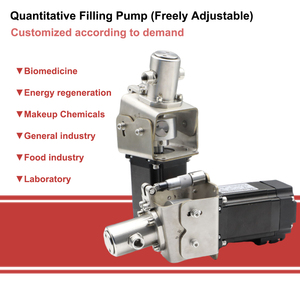
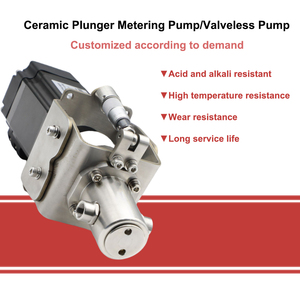

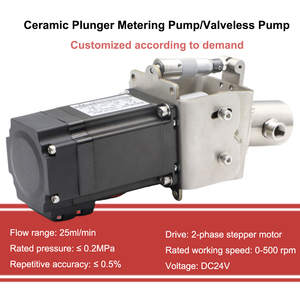



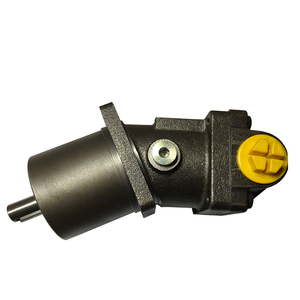


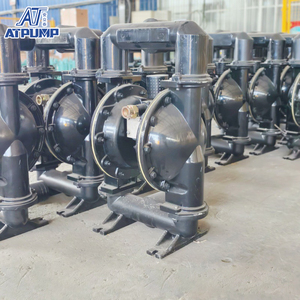





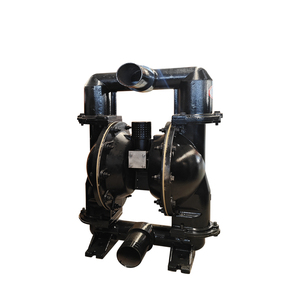




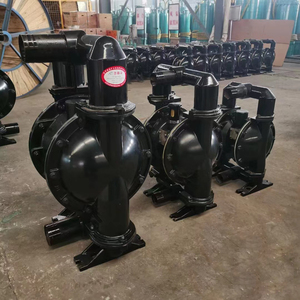

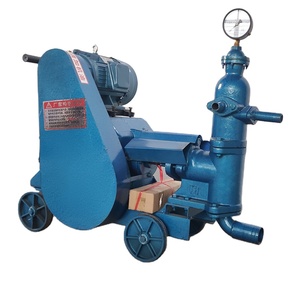


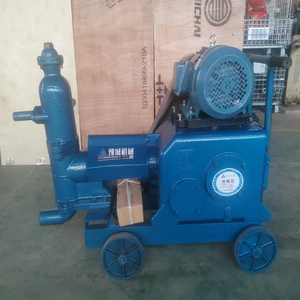

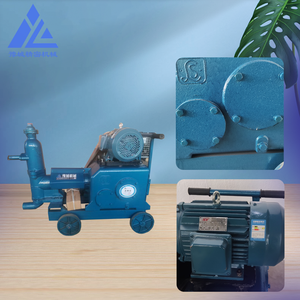




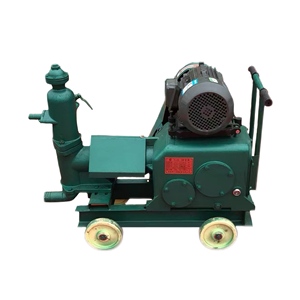


A single plunger injection pump is also known as a single-cylinder pump. It has one pumping element that contains one plunger. The single plunger injection pump is further divided into three types:
Single Stroke Pump
This type of pump takes in the fluid during the plunger's downstroke. The fluid is pushed out through the discharge port when the plunger moves up. This process is repeated continuously as the plunger moves up and down.
Double-Acting Pump
The double-acting pump forces the fluid out through the discharge port during both strokes of the plunger, which results in a constant flow. This is achieved by the design of the pumping chamber, which allows for fluid intake and discharge simultaneously.
Variable Stroke Pump
In a variable stroke pump, the stroke length of the plunger can be adjusted. This feature allows for changes in the pumping rate or the fluid's overall volume without altering the flow's pressure. It is suitable for applications with varying fluid requirements.
There are several specifications to consider when choosing a single-plunger injection pump.
Flow Rate
The flow rate of a single-plunger pump is very important because it determines how much fluid will be injected into the system. The flow rate is usually measured in liters per hour or gallons per minute. It is important to choose a pump with a flow rate that meets the requirements of the system being injected into.
Pressure Rating
Single plunger pumps are designed to operate at specific pressures. The pressure rating is important because it ensures that the pump can inject fluid into the system at the required pressure. The pressure rating is usually measured in psi or bar, and it is important to choose a pump with a pressure rating that matches the requirements of the system being injected into.
Viscosity
The single-plunger injection pump is designed to inject fluids with specific viscosity levels. Viscosity is a measure of a fluid's resistance to flow. It is important to choose a pump that can inject fluids with the desired viscosity, as this will ensure proper injection and optimize system performance.
Material Compatibility
Single-plunger injection pumps are constructed from different materials, including stainless steel, cast iron, and aluminum. It is important to choose a pump whose materials are compatible with the fluids being injected and the system components. This ensures that there is no chemical reaction or corrosion, which can lead to pump failure and damage to the system.
Temperature Range
Every single-plunger injection pump is designed to operate within a specific temperature range. It is important to choose a pump that can handle the temperature of the fluids being injected and the environmental conditions. This ensures that the pump operates efficiently and reliably, preventing damage from overheating or freezing.
Stroke Length and Frequency
The stroke length and frequency of a single-plunger pump affect the flow rate and pressure pulsation of the injected fluid. Stroke length is the distance the plunger moves in the cylinder, while frequency is the number of strokes per minute. Selecting a single-plunger pump with the appropriate stroke length and frequency for the injection application is important.
Maintaining a single-plunger pump is important for its longevity and functionality. Here are some tips to keep it in good condition:
By following these maintenance tips, a single-plunger pump can function properly and have a long service life.
Here are some factors to consider when choosing a single plunger injection pump:
Replacing a single plunger injection pump can be a complex task, but with the right tools and knowledge, it can be done. Here is a step-by-step guide on how to replace a single plunger injection pump:
Tools and materials needed:
Step-by-step guide:
It is important to refer to the manufacturer's manual for specific instructions and torque specifications when replacing a single-plunger injection pump.
Q1: What is a single plunger injection pump used for?
A1: This pump is used in the oil and gas industry to inject fluids like methanol, water, or other chemicals into pipelines. The goal is to maintain pressure, prevent hydrate formation, and ensure smooth product flow.
Q2: What is the working principle of a single plunger injection pump?
A2: The pump's mechanical action creates a difference in pressure, allowing the injection of fluids into pipelines. It consists of a cylinder, a plunger, and an injection valve. The motor drives the plunger, creating fluid displacement in the cylinder. This action opens the injection valve, allowing the desired fluid to enter the pipeline. When the pumping cycle is complete, the injection valve closes, and the plunger retracts. The cylinder refills with the injected fluid, and the cycle repeats.
Q3: What are the advantages of single plunger injection pumps?
A3: These pumps offer several advantages, including precise and accurate fluid injection, reliable and consistent performance, and low maintenance requirements. They are also cost-effective and energy-efficient, making them suitable for various applications. Additionally, their simple design and operation, along with high durability and reliability, make single plunger injection pumps advantageous.
Q4: What factors should be considered when selecting a single plunger injection pump?
A4: When choosing a single plunger injection pump, consider the following factors: the fluid's chemical properties to be injected, the injection rate and pressure requirements, the pump's compatibility with the system, and the operating conditions such as temperature and pressure. Additionally, consider the maintenance requirements, reliability, and durability of the pump, as well as its cost and energy efficiency.